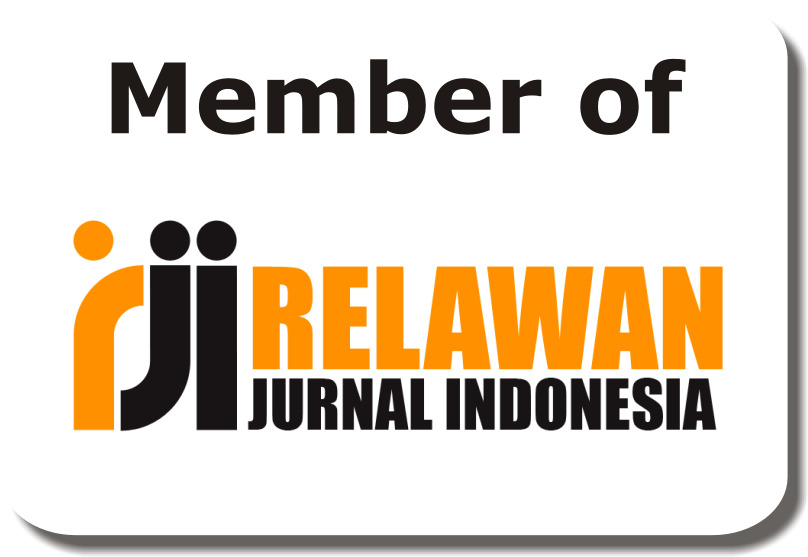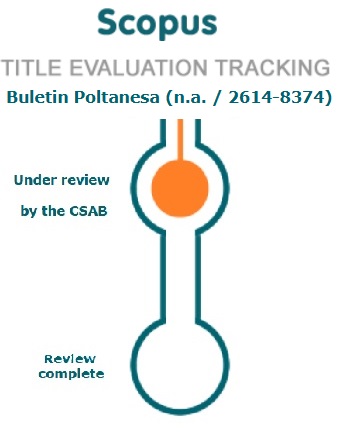Analysis of Internal Control System of Electronic Resident Id Card Production Service (KTP-EL) at Selimbau District Office
DOI:
https://doi.org/10.51967/tanesa.v26i1.3384Keywords:
Electronic Identity Card (e-KTP), Government Internal Control System, Principles of Public Service Delivery.Abstract
This study aims to provide an overview and empirical evidence regarding the service system for issuing electronic identity cards (e-KTP), particularly within the institutions responsible for issuing them. The study focuses on internal control systems and the principles of public service delivery that influence the e-KTP issuance system. The type of research used is based on primary data, with the population comprising 28 employees of the Selimbau District Office. Secondary data were collected from books, theses, and journals related to the e-KTP issuance system. The methods used include organizational structure analysis, flowcharts, questionnaires, and compliance tests. The results of this study show that the implementation level of the government's internal control system reached 99.1%, and the implementation of public service principles reached 99.4%. Based on the questionnaire assessment criteria, the Selimbau District Office operates very effectively, with highly satisfactory internal control and public service standards. The effectiveness assessment based on the compliance test achieved a score of 100%, indicating a highly effective criterion. This means that employees have properly implemented the policies and procedures established for the e-KTP issuance process. However, there are still some obstacles, such as a complicated e-KTP issuance procedure, inadequate facilities and locations, inaccurate KTP collection times, frequent data/document inconsistencies, lack of specific guidance for the e-KTP issuance process, and the absence of a flowchart.
References
Al-Ansi, A. M., Garad, A., Jaboob, M., & Al-Ansi, A. (2024). Elevating e-government: Unleashing the power of AI and IoT for enhanced public services. Heliyon, 10(23).
Bringham, E. F., & Houston, J. F. (2011). Dasar-Dasar Manajemen Keuangan. Salemba Empat.
Cascarino, R. E. (2012). Corporate fraud and internal control: A framework for prevention. John Wiley & Sons.
Charfeddine, L., & Umlai, M. (2023). ICT sector, digitization and environmental sustainability: A systematic review of the literature from 2000 to 2022. Renewable and Sustainable Energy Reviews, 184, 113482.
Charfeddine, L., Hussain, B., & Kahia, M. (2024). Analysis of the impact of information and communication technology, digitalization, renewable energy and financial development on environmental sustainability. Renewable and Sustainable Energy Reviews, 201, 114609.
Chenkiani, P., & Prasetyo, A. (2023). Fraud dan monitoring dalam perspektif teori keagenan. Jurnal Akuntansi, 12(2), 171-180.
Dinas Kependudukan dan Pencacatan Sipil. (2014). Rencana Strategis (Renstra).
Dwiyanto, A. (2012). Manajemen Pelayanan Publik: Peduli dan Kolaborasi. Gadjah Mada University Press.
Gouvea, R., Kapelianis, D., & Kassicieh, S. (2018). Assessing the nexus of sustainability and information & communications technology. Technological Forecasting and Social Change, 130, 39-44.
Hall, M. (2010). Accounting information and managerial work. Accounting, Organizations and Society, 35(3), 301-315.
Hardiyansyah, H. (2018). Kualitas pelayanan publik: Konsep, dimensi, indikator dan implementasinya. Gava Media.
Hartono, J. (2018). Teori Portofolio dan Analisis Investasi Edisi Kesebelas. BPFE UGM.
Iskandar. (2013). Metodologi penelitian pendidikan dan sosial. GP Press Group.
Kurniawan, L. (2015). Negara Kesejahteraan dan Pelayanan Sosial. Intrans Publishing.
Mulyadi. (2016). Sistem Akuntasi Edisi Keempat. Salemba Empat.
Nastiti, A. Analisis Sistem Pelayanan Pembuatan Kartu Tanda Penduduk-Elektronik Pada Dinas Kependudukan Dan Pencatatan Sipil Kabupaten Mempawah. Jurnal KIAFE, 6(1).
Prastowo, A. (2012). Metode Penelitian Kualitatif Dalam Perspektif. Ar-Ruzz Media.
Spence, C., & Driver, J. (2004). Crossmodal space and crossmodal attention. Oxford University Press.
Sugiyono. (2018). Metode Penelitian Kuantitatif, Kualitatif dan R&D. Alfabeta.
Tuanakotta, T. M. (2013). Mendeteksi Manipulasi Laporan Keuangan. Salemba Empat.
Downloads
Published
How to Cite
Issue
Section
License
Copyright (c) 2025 Buletin Poltanesa

This work is licensed under a Creative Commons Attribution-ShareAlike 4.0 International License.
The copyright of this article is transferred to Buletin Poltanesa and Politeknik Pertanian Negeri Samarinda, when the article is accepted for publication. the authors transfer all and all rights into and to paper including but not limited to all copyrights in the Buletin Poltanesa. The author represents and warrants that the original is the original and that he/she is the author of this paper unless the material is clearly identified as the original source, with notification of the permission of the copyright owner if necessary.
A Copyright permission is obtained for material published elsewhere and who require permission for this reproduction. Furthermore, I / We hereby transfer the unlimited publication rights of the above paper to Poltanesa. Copyright transfer includes exclusive rights to reproduce and distribute articles, including reprints, translations, photographic reproductions, microforms, electronic forms (offline, online), or other similar reproductions.
The author's mark is appropriate for and accepts responsibility for releasing this material on behalf of any and all coauthor. This Agreement shall be signed by at least one author who has obtained the consent of the co-author (s) if applicable. After the submission of this agreement is signed by the author concerned, the amendment of the author or in the order of the author listed shall not be accepted.








